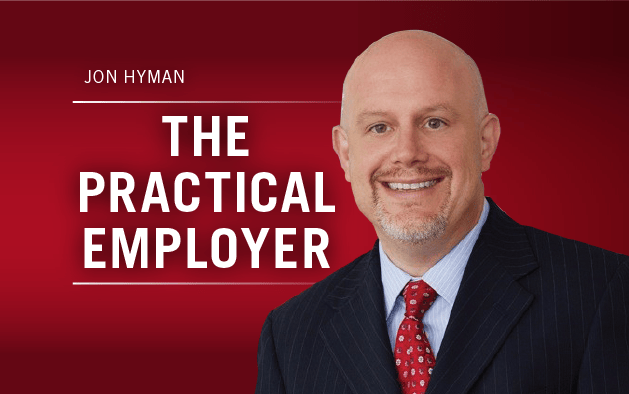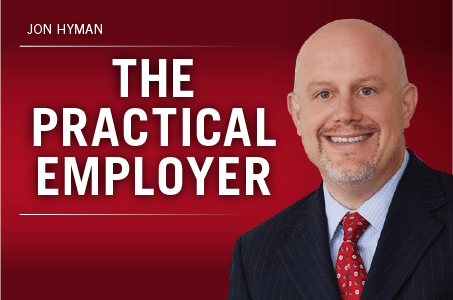Those that have been readers for awhile know of my dislike of the NLRB’s expansion of its doctrine of protected concerted activity (e.g., here and here).
The latest on the NLRB’s hit list: employee mis-classifications. The NLRB has concluded that an employer has committed an unfair labor practice and violated an employee’s section 7 rights by (mis)classifying its employees as independent contractors. Or so was the board’s conclusion in its recently published General Counsel Advice Memorandum [pdf].
The case involved drivers for a drayage company, whom the company classified as independent contractors. The company opposed a union’s efforts to organize the drivers on the ground that they were not employees covered by the National Labor Relations Act. Even after the NLRB determined that the purported contractors were employees subject to organizing, the employer still refused to re-classify them as employees.
In response, the NLRB Office of General Counsel concluded “that the Region should issue a Section 8(a)(1) complaint alleging that the Employer’s misclassification of its employees as independent contractors interfered with and restrained employees in the exercise of their Section 7 rights.” On the one hand, the GC’s decision makes some sense. If the NLRB determines that you have intentionally mis-classified employees with the specific intent of avoiding a union, then you have likely interfered with the rights of those employees to organize.
Yet, the GC’s decision goes well beyond the facts of the case, and concludes that even a “preemptive strike” in advance of any organizing campaign violates employees’ section 7 rights.
The Employer’s misclassification suppresses future Section 7 activity by imparting to its employees that they do not possess Section 7 rights in the first place. The Employer’s misclassification works as a preemptive strike, to chill its employees from exercising their rights under the Act during a period of critical importance to its employees—the Union’s organizing campaign.
Employers, thanks to the NLRB, your risk of employee mis-classifications (which is already sky high) just increased. Get ready to start fighting a two-front war against your independent contractors. Savvy plaintiffs’ lawyers simultaneously will file the FLSA lawsuit in federal court and, based on this Advice Memorandum, the unfair labor practice charge with the NLRB. Since an NLRB charge typically moves faster than a federal wage/hour lawsuit, expect the (unfavorable) Board decision first, and expect your contractors to argue the conclusive and binding effect of that decision in the FLSA lawsuit.
The NLRB is wading into uncharted and dangerous waters — creating an unfair labor practice out an alleged wage/hour violation. Moving forward, expect the employee friendly NLRB, and not federal judges, to decide whether you have classified your workers properly. This development is decidedly not to your benefit.
Jon Hyman is a partner at Meyers, Roman, Friedberg & Lewis in Cleveland. Comment below or email editors@workforce.com. Follow Hyman’s blog at Workforce.com/PracticalEmployer.









